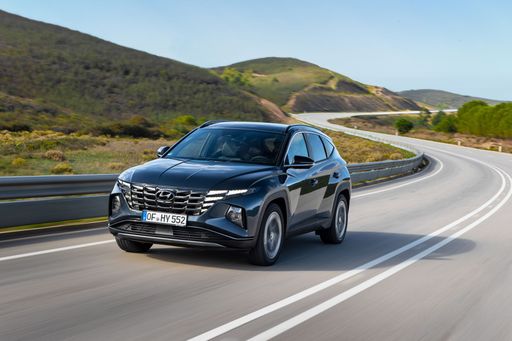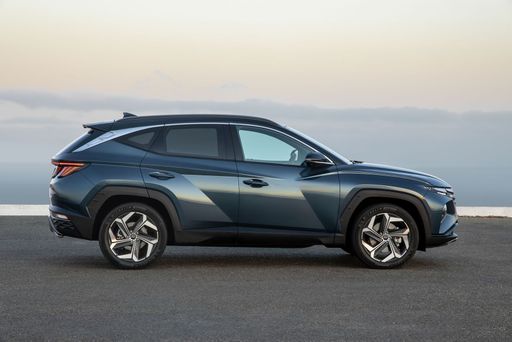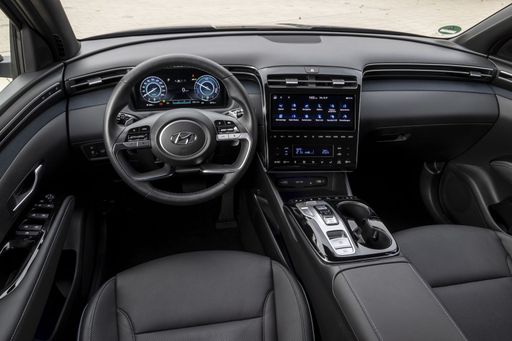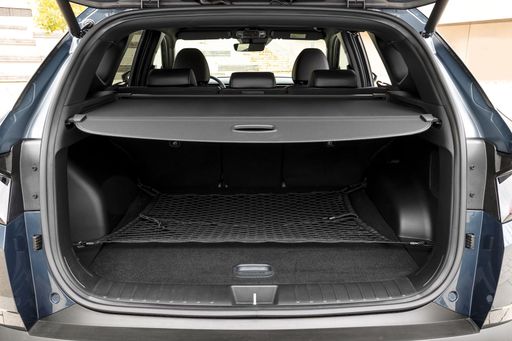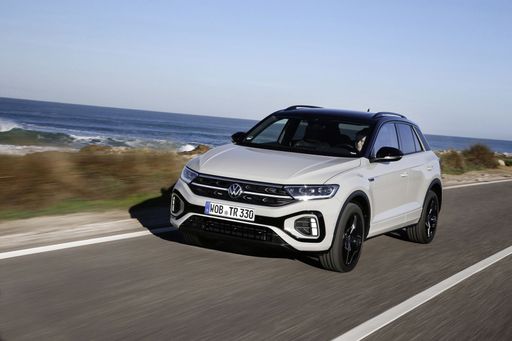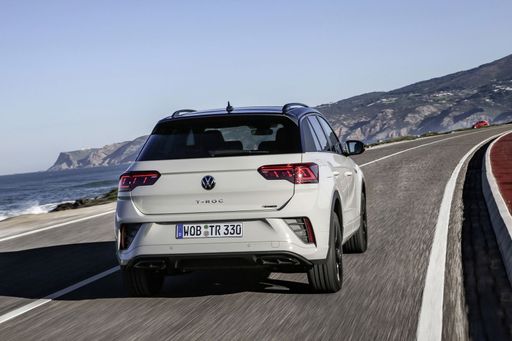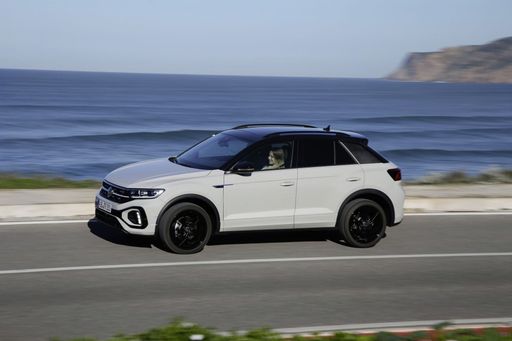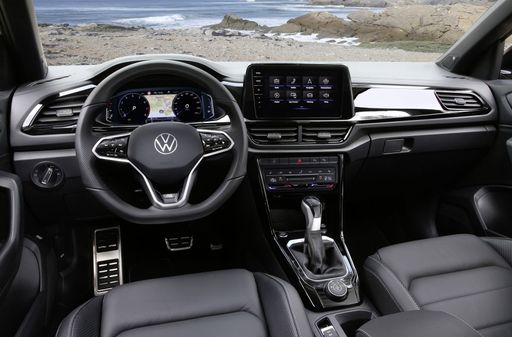Engine and Performance:
Power, torque and acceleration say a lot about how a car feels on the road. This is where you see which model delivers more driving dynamics.
When it comes to engine power, the Hyundai Tucson has a significantly edge – offering 252 HP compared to 150 HP. That’s roughly 102 HP more horsepower.
In acceleration from 0 to 100 km/h, the Hyundai Tucson is a bit quicker – completing the sprint in 7.90 s, while the VW T-Roc takes 8.90 s. That’s about 1 s faster.
In terms of top speed, the VW T-Roc performs minimal better – reaching 212 km/h, while the Hyundai Tucson tops out at 194 km/h. The difference is around 18 km/h.
There’s also a difference in torque: Hyundai Tucson pulls clearly perceptible stronger with 367 Nm compared to 250 Nm. That’s about 117 Nm difference.

